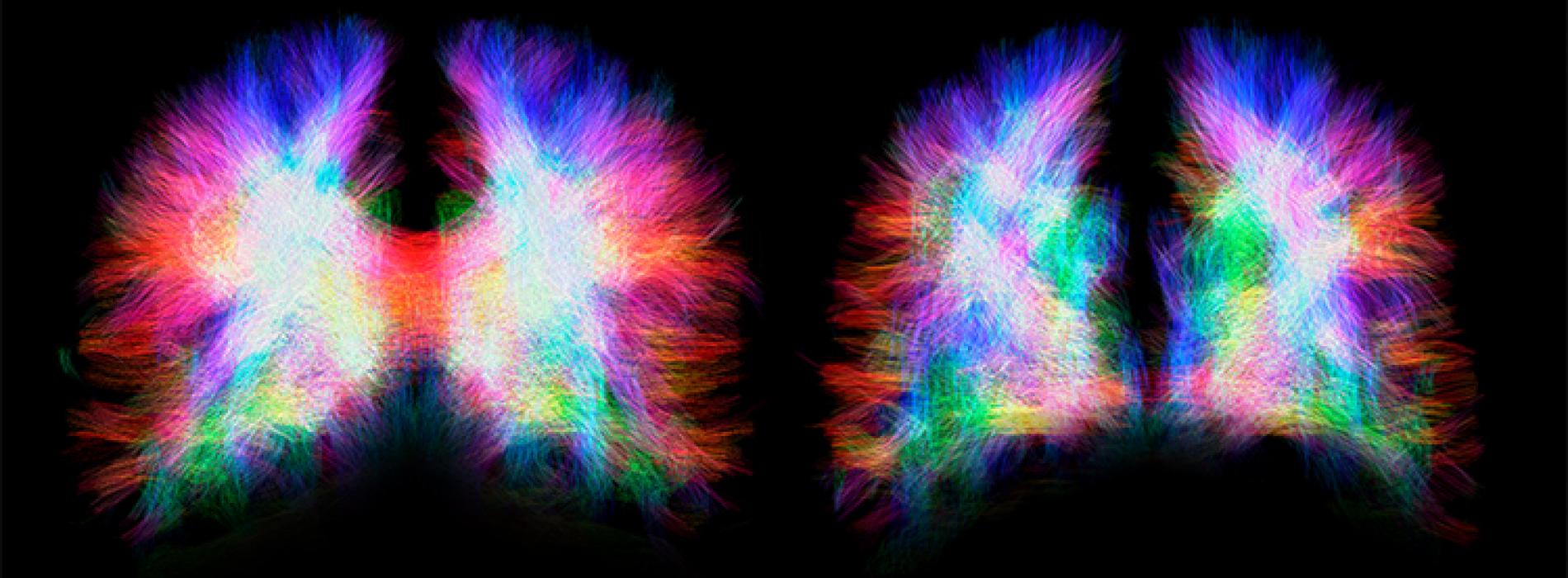
 News
News
A malformation illustrates the incredible plasticity of the brain
Neuronal fibres in a healthy brain (left) and a brain with agenesis of the corpus callosum (right). In the healthy brain, the two hemispheres are connected by the corpus callosum fibers, shown in red. These fibres are absent in the brain with corpus callosum agenesis. © UNIGE/SIFFREDI
People born without a corpus callosum do not have a bridge between the two cerebral hemispheres. Neuroscientists from UNIGE have shown how the brain manages to adapt.
One in 4,000 people is born without a corpus callosum, a brain structure consisting of neural fibres that are used to transfer information from one hemisphere to the other. A quarter of these individuals do not have any symptoms, while the remainder either have low intelligence quotients or suffer from severe cognitive disorders. In a study published in the journal Cerebral Cortex, neuroscientists from the University of Geneva (UNIGE) discovered that when the neuronal fibres that act as a bridge between the hemispheres are missing, the brain reorganises itself and creates an impressive number of connections inside each hemisphere. These create more intra-hemispheric connections than in a healthy brain, indicating that plasticity mechanisms are involved. It is thought that these mechanisms enable the brain to compensate for the losses by recreating connections to other brain regions using alternative neural pathways.
Read the press release at the following link.